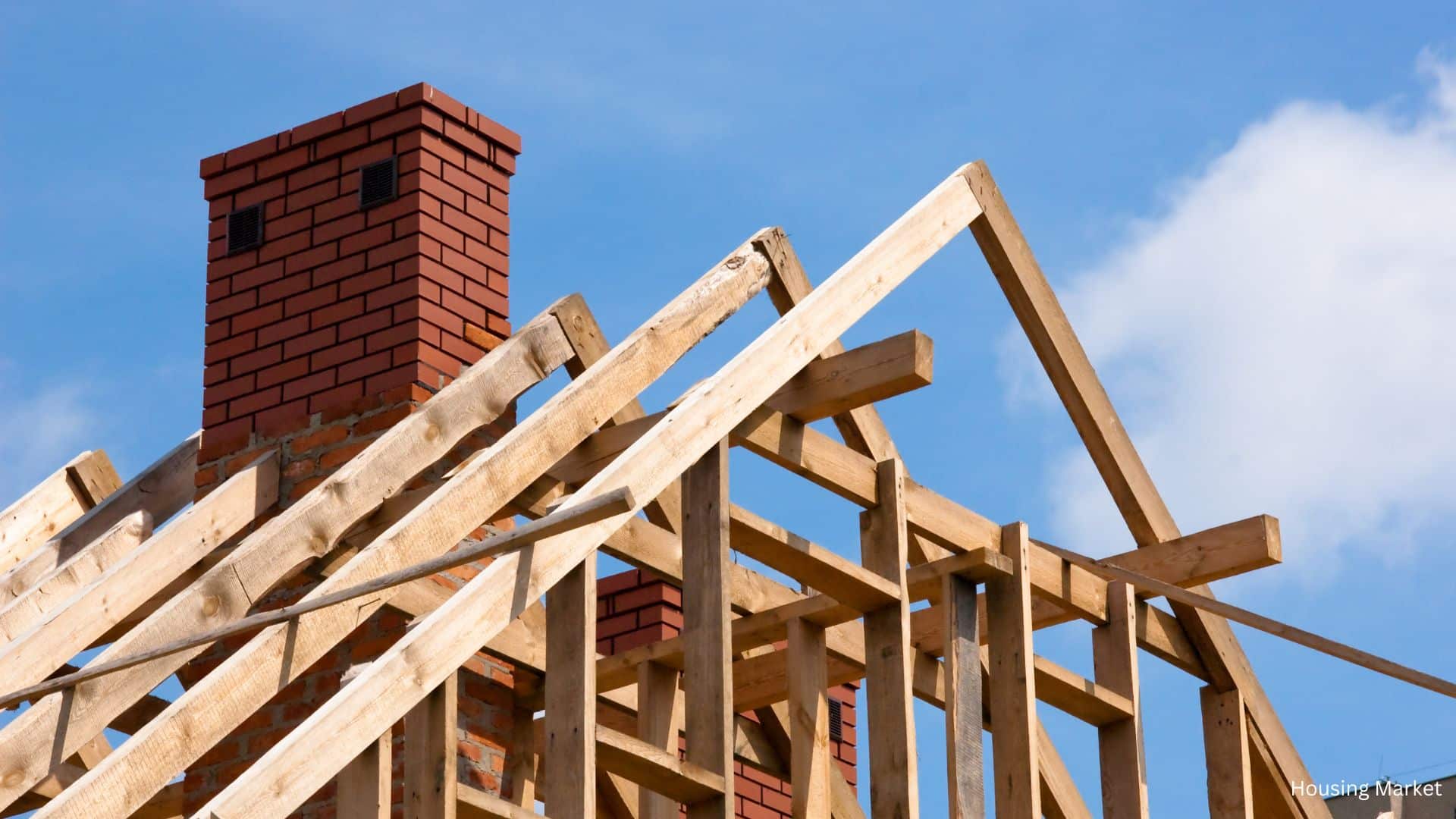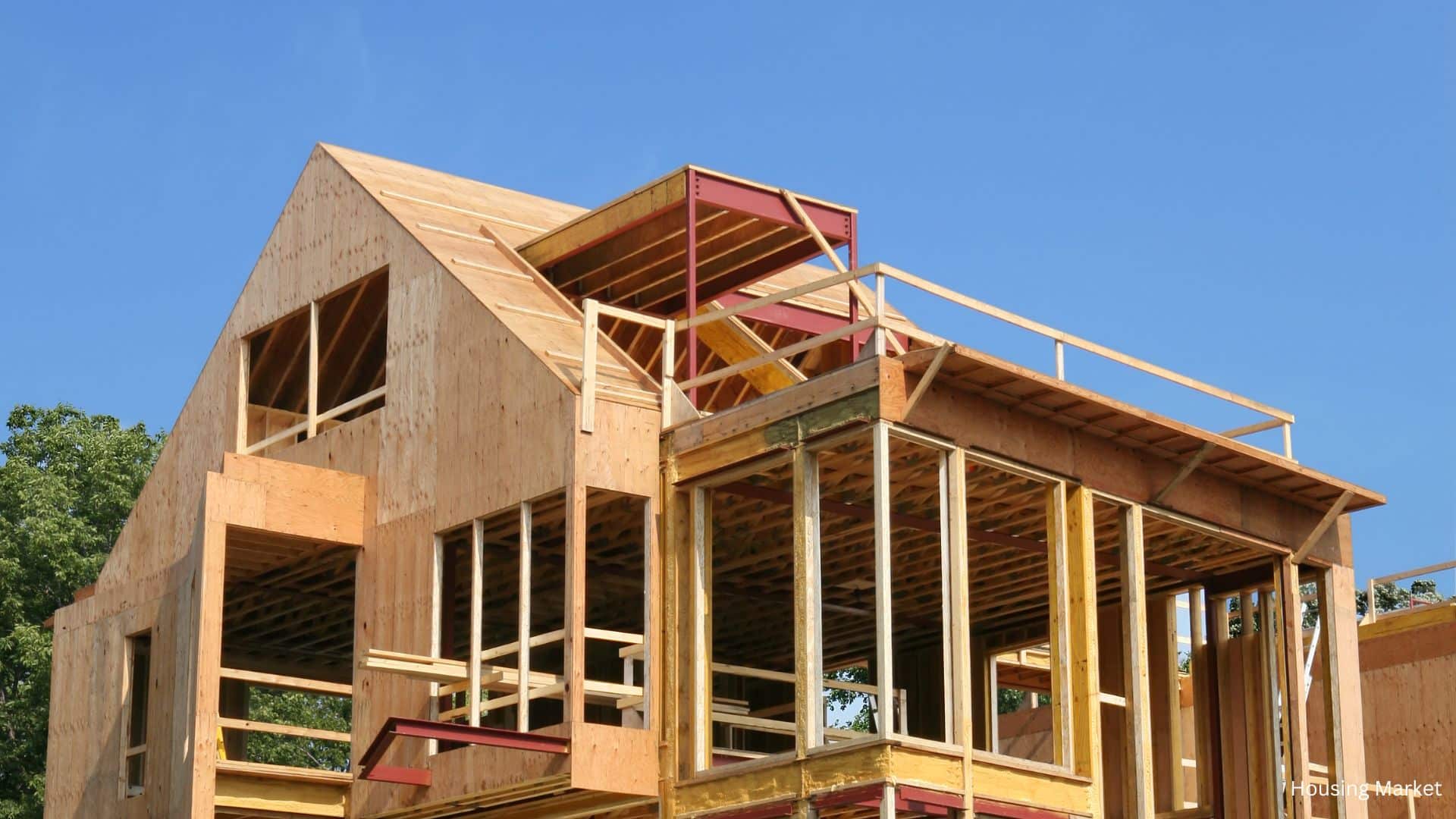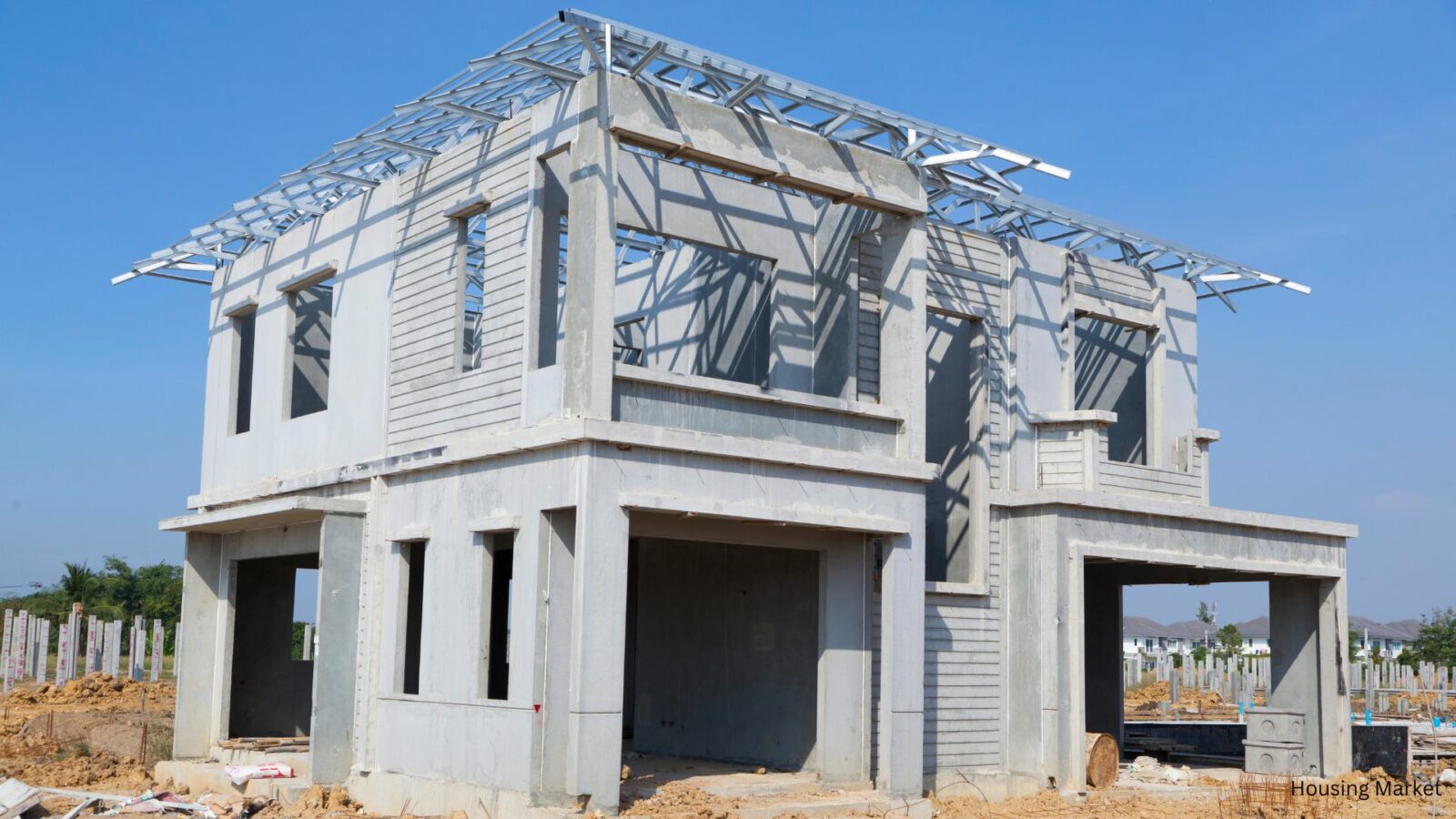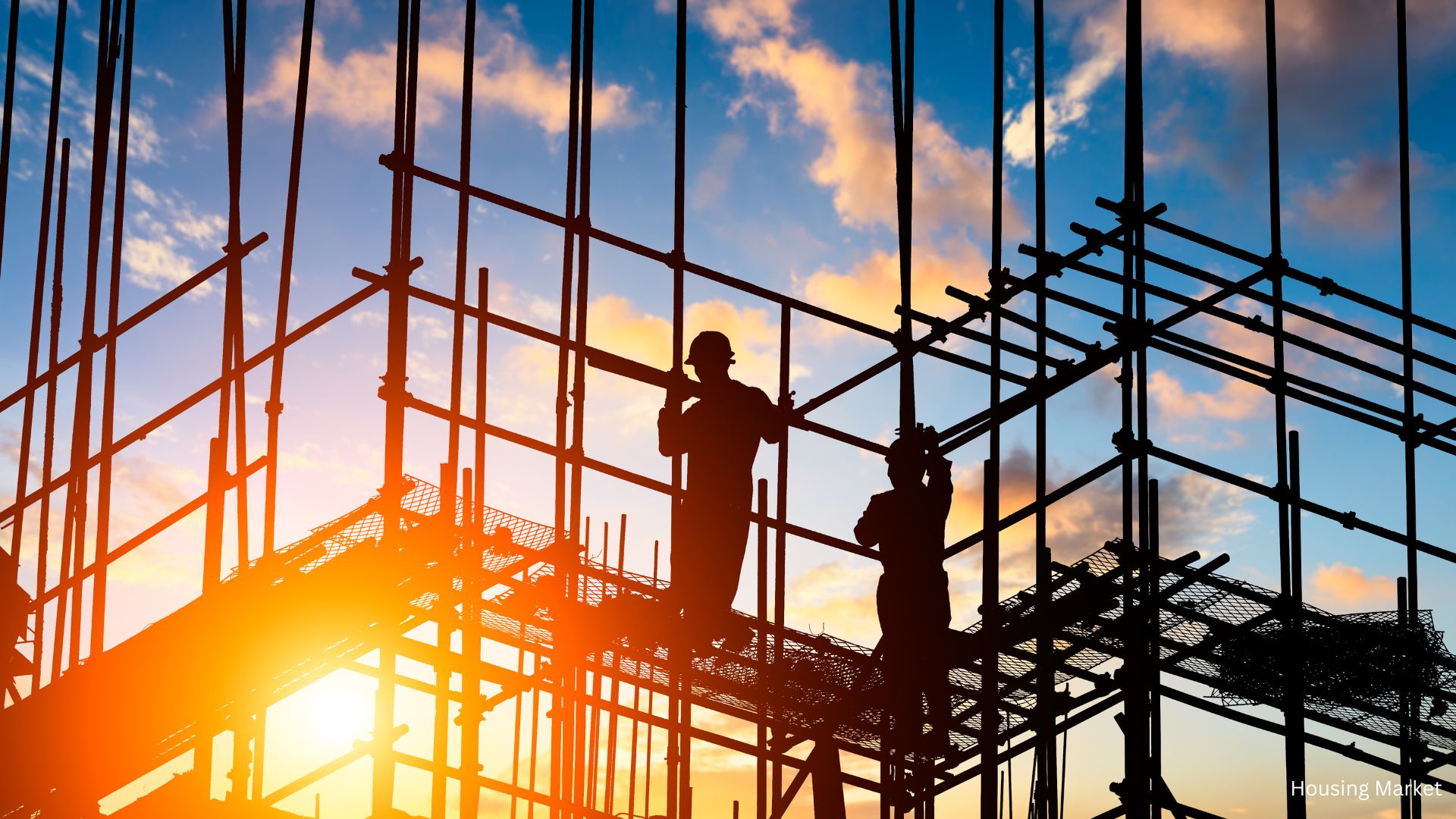Building material prices have become a significant concern for homebuilders, buyers, and the entire housing market. The soaring costs of essential materials such as lumber, concrete, and steel have far-reaching effects on home prices, construction timelines, and overall housing affordability. Understanding these impacts is crucial for navigating the current real estate landscape.

The Current State of Building Material Prices
According to NAHB, the cost of building materials has seen unprecedented increases in recent years. While there have been some signs of relief in specific sectors, such as lumber, many materials remain significantly more expensive than they were before the pandemic.
- Lumber: Prices have fluctuated dramatically, with lumber experiencing a price surge of over 300% during the pandemic. As of now, lumber prices are gradually returning to normal levels, although they remain higher than pre-pandemic prices.
- Concrete: The cost of ready-mix concrete increased by 11.2% in 2023, following a 10.3% rise in 2022. These increases have resulted in the second-largest two-year increase since 2000.
- Steel: Steel prices, although having declined by 16.1% in 2023, are still 65.1% higher than in January 2020. This sustained increase continues to strain construction budgets.
These trends illustrate the broader issue of building material prices, which are being driven by several factors, including supply chain disruptions, global demand, and economic inflation.
Why Have Building Material Prices Risen So High?
Several key factors contribute to the rising building material prices:
- Supply and Demand: High demand during the pandemic, coupled with supply chain disruptions, has led to increased costs for many materials.
- Broader Inflation: As inflation impacts the economy, building materials have also seen price increases, affecting the overall cost of construction.
- Global Factors: Geopolitical tensions and trade disputes have further complicated supply chains, leading to price instability.
- Sustainability Initiatives: The push for eco-friendly materials often results in higher costs, as sustainable options can be more expensive to produce and source.
These elements create a challenging environment for both builders and consumers, as building material prices continue to impact the housing market in various ways.
How Building Material Prices Impact Housing
The rising costs of building materials have a direct impact on housing in several significant ways:
- Increased Home Prices: Higher material costs translate to more expensive homes. Builders must pass these costs onto buyers, leading to increased prices for new construction.
- Insurance Premiums: As the cost of materials rises, so do home insurance premiums. The expense of repairing homes after claims is now higher, contributing to increased premiums.
- Appraisal Challenges: Fluctuating material costs can result in inaccurate home appraisals, complicating financing options for home buyers and potentially affecting mortgage approvals.
- Reduced Amenities: Builders may opt to reduce amenities in new homes to offset rising material costs, affecting the overall quality and attractiveness of new properties.
The combination of these factors creates a challenging environment for home buyers, especially in a market where mortgage rates and home prices are already high.
Navigating the Challenges of Rising Building Material Prices
With building material prices continuing to pose challenges, both builders and consumers must adapt to the current market conditions. Here are some strategies that can help:
- Alternative Materials: Builders can explore alternative materials that may offer cost savings without compromising quality.
- Cost Management: Effective cost management and negotiation with suppliers can help mitigate some of the financial pressures.
- Energy-Efficient Solutions: Investing in energy-efficient solutions can offset some costs in the long run by reducing utility expenses.
These strategies can provide some relief in an otherwise difficult market, but the ongoing impact of building material prices on housing remains a pressing issue.

Building material prices are a critical factor influencing the housing market today. From driving up home prices to impacting insurance premiums and appraisal processes, the ripple effects are widespread and significant. As builders and consumers navigate these challenges, understanding the root causes and potential solutions can lead to more informed decisions and better outcomes in the housing market.
Related posts:
 Affordable Rental Provider Repays $710K to Arlington County
Affordable Rental Provider Repays $710K to Arlington County
 Northern Virginia Housing Market – March 2023
Northern Virginia Housing Market – March 2023
 UVM-Burlington Student Housing Agreement: A Collaborative Solution to Campus Housing Challenges
UVM-Burlington Student Housing Agreement: A Collaborative Solution to Campus Housing Challenges
 Understanding Redlining in Las Vegas and Its Impact on the Westside
Understanding Redlining in Las Vegas and Its Impact on the Westside
 Boomers Staying Put and Not Leaving Their Large Homes. Why?
Boomers Staying Put and Not Leaving Their Large Homes. Why?




